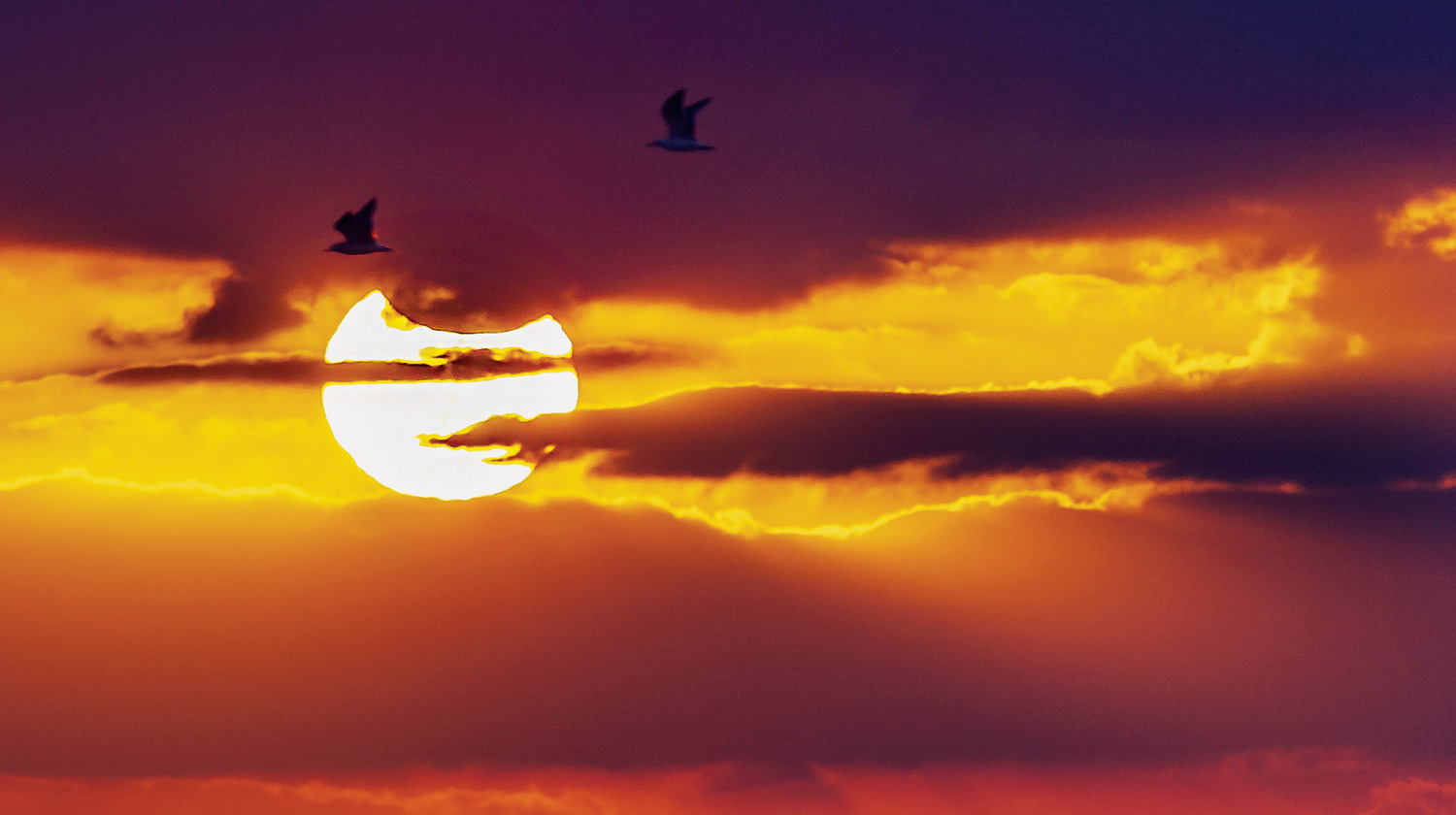

THE seaside location of Ras Al Ruways, near Mahout has never seen so much activity, or so many people as ‘eclipse chasers’ from all over the world converged on the idyllic sand dunes for a glimpse of the rare annular eclipse, last witnessed in the region 118 years ago.
The Ras Al Ruways Camp was not only to see the eclipse however, with Chairperson of the Oman Astronomical Society, Zakiya al Mukini, a key figure in the wider ‘Annular Eclipse Project,’ since taking office seven months ago, keen to emphasise there was a significantly wider perspective in the establishment of the ‘tent city’ in the dunes, as it had been identified as the optimum viewing location for this particular eclipse, and much more besides.

The OAS objectives included developing a new generation of astronomers among the new generation, the promotion of scientific themed tourism within the Sultanate, to encourage photographers, including the Photographic Society of Oman, to highlight the natural beauty of the region through ‘heavenly’ photography, and to encourage greater scientific activity related to the stars and skies, though particularly the ecliptic phenomenon.
The organisers reached out in many possible directions too, with hearing impaired visitors catered for with a signing commentator, and all generations catered for on site.
Strong evening breezes, and shifting sands presented their challenges, but a lecture series with topics such as the coming eclipse, the constellations of Oman, the Arabian region heritage in regards to the stars, an astronomy masterclass, and a guided stargazing party, all ensured a well-informed event.
The next morning dawned cool, and disappointingly, clouded, and the saying that, ‘man plans, God laughs,’ appeared uncomfortably true for a long time as the low cloud on the horizon threatened to mar the lunar spectacle, but right on cue the full eclipse was clearly visible, even to the naked eye, at 7.25 am.
In fact, Mother Nature provided the perfect natural filter with the cloud cover often reducing the usually harsh rays of the sun. It was a stunning exhibition of the harmonious nature, of nature, at its most emphatic.
Photographers had mostly staked out their ‘stands’ the evening before, so as the sun rose the unhurried, technical adjustments were made to cameras, telescopes, video and television cameras, even drones, to ensure that all would be in readiness as the special time approached.
Most, once established, never moved, but hot drinks in hand, or seated adjacent to their equipment, they gave the impression of being prepared, as one wag put it, “Even if it happens early, we’re not going to miss a thing!”
The hush across the sand dunes was such that every sound or word was heard, with gasps of appreciation, and the odd outburst of spontaneous applause, as an especially stunning visual image presented itself.
Certainly, it will live in the memories of most at the camp as the scattered cloud added yet another dramatic element, with the sun, moon, sky, sea and sand, the golds, reds, blues, greens, browns and yellows already providing an awesome pallet. The black and grey shades emphasising the drama of the lunar event in a manner it deserved.

It was a truly global event too, with a geographically diverse attendance from approximately 15 countries registered.
Lawyer, Peter Rufkin had arguably travelled furthest, having journeyed from Washington DC for what he termed, “An amazing event in a beautiful country. I’m absolutely stunned by the beauty of this country,” he exclaimed, “and as a traveller who is always looking for different experiences, let alone the experience of a life time, I just know this is going to be right up there with the best of them.”
The Oman Astronomical Society, it’s governmental and private partners and sponsors must have been delighted with the outcome of the seven months of planning for the project, with a youthful Mazin al Julandani, heavily involved in the ‘eclipse chasers,’ camp.
A petro-physicist with PDO, he explained that he, “really only became interested in astronomy only through his work and his studies, with the physics aspects of the night sky proving far too interesting to ignore.”
Al Julandani came up too, with some stunning facts regarding the annular eclipse phenomenon, which in themselves would appear to deny mathematical explanation.
He explained that, “although the last such phenomenon occurred in 1901, Oman ironically only has 180 days to its next, on June 21, 2020. After that it will be another 83 years before another such event, and Muscat itself has already been identified as the optimum location to see the 2020 version.”
After the impact of the ‘Annular Eclipse Project,’ the OAS, Al Mukini and her team, will surely swing into action again, to bring a ‘show’ unlike any other, to the Omani skies.
Photos by Lena Petersen
Oman Observer is now on the WhatsApp channel. Click here



